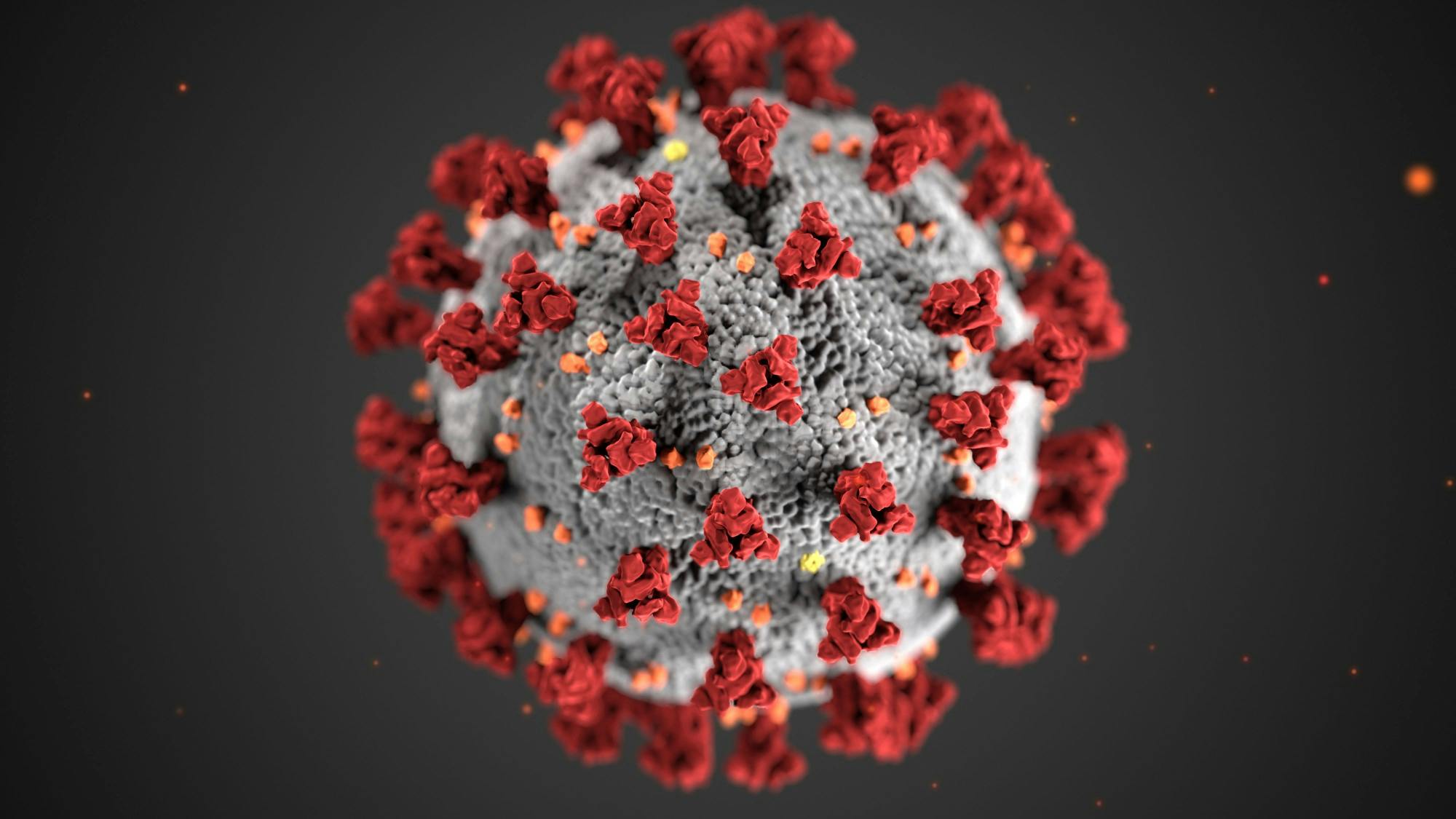A team of researchers at Michigan State University led by Guowei Wei, professor in the Department of Mathematics, conducted a study on mutations to the SARS-CoV-2, or COVID-19, genome and its spike proteins, discovering that five of the six virus subtypes have grown more infectious and pose a threat to the future.
They also found evidence that associates the sixth, less virulent subtype with asymptomatic infections and lower death rates.
The virus is reaching new levels within the U.S. The New York Times reported that the record for the number of new cases in one day had been broken for a fifth time on July 8.
As of July 10, more than 3 million people have been infected by and more than 133,000 have died from the coronavirus.
A map by COVID Act Now shows Michigan has been pushed back into a high health risk, alongside 27 of 50 other states. Gov. Gretchen Whitmer's Deputy Press Secretary Bobby Leddy said Whitmer is continuing to monitor the data and, if a second wave were to arise, the state may have to move back in the MI Safe Start plan.
"We must remain flexible and nimble and plan for various scenarios," Leddy said. "COVID-19 is still very present in Michigan and this is not a time for Michiganders to let their guards down. We must continue to do everything in our power to flatten the curve and prevent more spread."
Wei said his team developed and utilized a novel machine learning model that applied artificial intelligence and mathematics to observe the respiratory infection and its transmission, as well as potential necessities for drug treatments and a vaccine, over a number of months.
According to an article by TechNetwork, this type of work is also known as genotyping, or detecting small genetic differences in specific sets of DNA through the use of biological assays.
The advanced neural network analyzed more than 8,000 protein interaction records to determine the overall impact.
They operated with more than 20,000 genome samples that had been extracted and isolated from COVID-19 patients on a global scale, examining for any and all comparisons with the very first sample that had been collected in Wuhan, Hubei Province, China on Dec. 24, 2019.
Out of the 86 countries and regions the samples accumulated from, 250 come directly from residents of Michigan.
"Viral mutations are driven by a variety of factors, mainly random error in reproduction, host immune response and (the) correction mechanism," Wei said, making note that COVID-19 mutates slower than viruses such as the common cold and influenza because the latter do not have a likewise tool.
According to an article by WebMD, the largest viruses are smaller than the smallest bacteria. They are made up of two properties: A protein coat and a core of genetic material, which can either be RNA or DNA.
They also can't survive without a host. In fact, in an article by MSU's College of Natural Science, viral infection begins when the spike protein, which is primarily responsible for facilitating infection, interacts with the human host cell receptor called angiotensin-converting enzyme 2 (ACE2).
The team and other scientists alike find this concerning, as it corresponds with a concept known as binding affinity, or the strength of the binding interaction between a single biomolecule (e.g. protein) and its ligand/partner (e.g. drug) during the beginning stages of infection.
He told the college that their model systematically screened all possible 3,686 future mutations on all 194 possible receptor-binding domain (RBD) mutation sites and there is a seemingly high chance that multiple residues on the motif will mutate into significantly more infectious strains of COVID-19.
Another study, recently published by a team of researchers at the Scripps Research Institute in Jupiter, Florida, even found that COVID-19 is slightly more infectious than the original severe acute respiratory syndrome (SARS) that broke out in 2003.
Wei told the college that viral infectivity increases if the binding affinity strengthens. Currently, the team has knowledge of more than 50 mutations along the binding interface on the spike protein's RBD.
WebMD also stated that viruses can only reproduce by attaching themselves to normal cells. In most cases, the viruses reprogram normal cells to make new viruses until the cells burst and die. In other cases, viruses turn normal cells into malignant or cancerous cells.
Viruses are also quite specific about the normal cells they go for when attacking the body. For example, according to an article by Medical News Today, coronaviruses specifically target and attack the respiratory systems of mammals.
Support student media!
Please consider donating to The State News and help fund the future of journalism.
Wei is concerned about what's to come. While he cautions that the present day understanding of COVID-19 is still very limited in terms of its structure, function and evolution, he said it will slowly become a part of human, virus and bacteria ecosystems if we do not come up with an effective remedy.
Editor's note: This article was updated to reflect that Professor Wei is in the Department of Mathematics at MSU.
Discussion
Share and discuss “MSU researchers find COVID growing more infectious, Michigan at high-risk” on social media.








